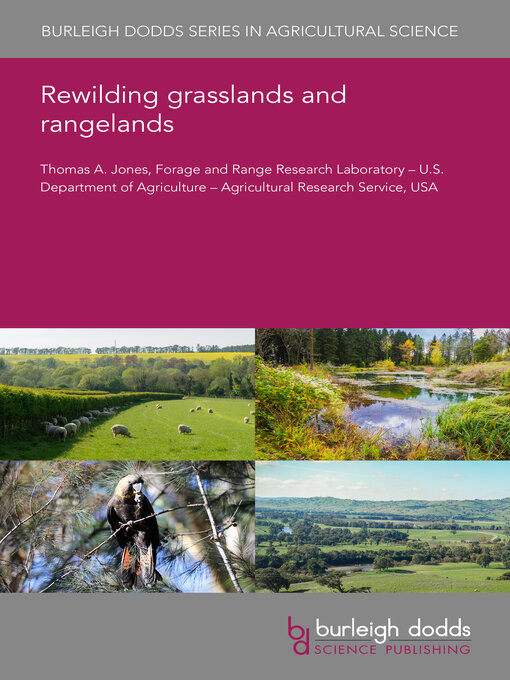Grasslands and rangelands are disturbance-driven ecosystems that cover 40% of the Earth's land area. They have often been subjected to agricultural improvement or environmental degradation, compromising biodiversity, thus restoration may require nutrient reductions and native seedings. If a seed source is intact and degradation is recent, rewilding (passive restoration) may restore biodiversity. Otherwise, active restoration may be required via the application of 'green hay' or direct seeding. Invasive species may be controlled by scalping, herbicides, mowing, biological soil crusts, or prescribed burning, but eradication may be impractical. Though forbs are more difficult to establish than grasses, they are potentially greater contributors to species richness. Stronger native seed industries are needed to provide biodiversity for restoration. Long-term monitoring of vegetation or seed banks is required to gauge restoration success. A broadscale case study from Utah, USA is provided to illustrate many of these principles.
Always available
Always available
-
Creators
-
Series
-
Publisher
-
Release date
November 15, 2024 -
Formats
-
OverDrive Read
- ISBN: 9781835452912
-
Open PDF ebook
- ISBN: 9781835452912
- File size: 2751 KB
-
-
Languages
- English
Loading
Why is availability limited?
×Availability can change throughout the month based on the library's budget. You can still place a hold on the title, and your hold will be automatically filled as soon as the title is available again.
The Kindle Book format for this title is not supported on:
×Read-along ebook
×The OverDrive Read format of this ebook has professional narration that plays while you read in your browser. Learn more here.
